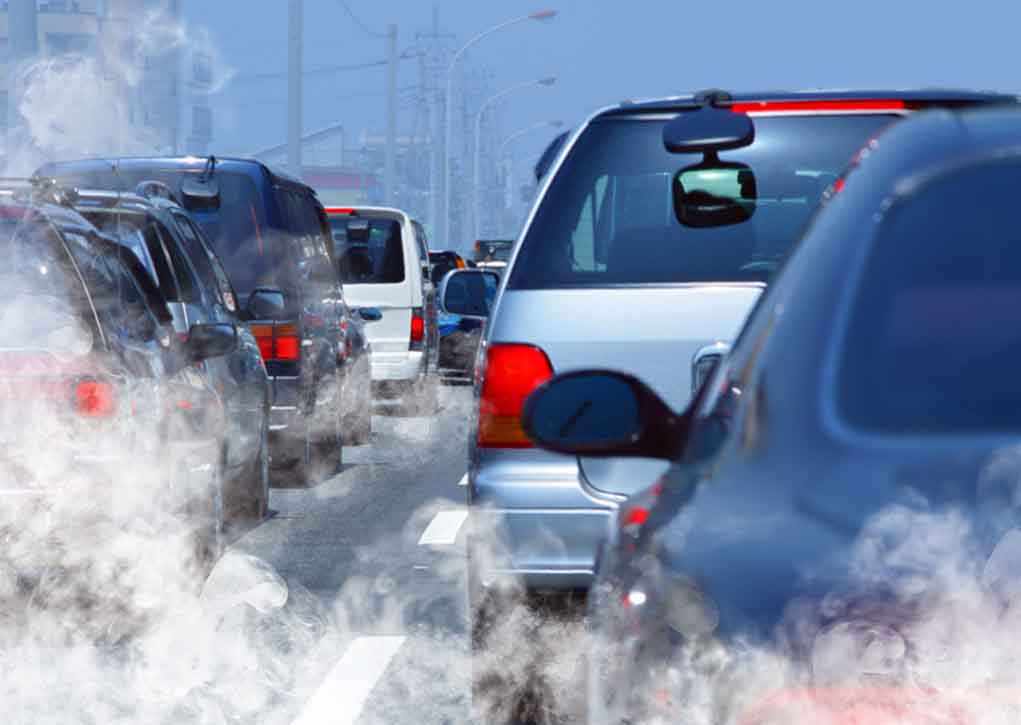
Dirty air isn’t just an invisible threat outside your window—it’s accelerating Alzheimer’s decline inside the brain, and scientists now hold proof that even a single year of smog exposure can speed up memory loss in those already battling the disease.
Story Snapshot
- University of Pennsylvania researchers linked short-term PM2.5 exposure to faster Alzheimer’s progression using post-mortem human brain tissue.
- Smog triggers worsening amyloid plaques and tau tangles—the two hallmarks of Alzheimer’s.
- Environmental factors like air pollution aren’t just risk factors; they actively worsen disease in vulnerable populations.
- Public health urgency is mounting as new research spotlights pollution as a modifiable driver of neurodegeneration.
Polluted Air’s Stealth Assault on the Aging Brain
Scientists at the University of Pennsylvania have made a sobering discovery: living in polluted areas can accelerate Alzheimer’s disease, even if exposure lasts only a year. Post-mortem analysis of brain tissue from deceased Alzheimer’s patients revealed those in high-smog regions showed more severe amyloid plaques and tau tangles—the core biological fingerprints of the disease. These changes weren’t subtle; they correlated with faster cognitive decline, more rapid memory loss, and impaired judgment, raising red flags for anyone in polluted cities.
This research, published September 8, 2025 in JAMA Neurology, was the first to directly link short-term PM2.5 exposure to increased Alzheimer’s pathology in human brains. Previous studies had suggested a connection between long-term air pollution and dementia risk, but lacked proof that dirty air could actively worsen disease in those already affected. Now, the evidence is concrete: smog doesn’t just raise the odds—it speeds the decline.
How Smog Worsens Alzheimer’s: The Molecular Mechanism Uncovered
Fine particulate matter, known as PM2.5, comes from sources like vehicle exhaust, wildfires, and industrial emissions. Once inhaled, these microscopic pollutants infiltrate the bloodstream and, alarmingly, the brain. Scripps Research published findings in February 2025 revealing how PM2.5 triggers “S-nitrosylation”—a chemical reaction that disrupts brain cell function and stirs up the formation of Alzheimer’s plaques and tangles. This molecular sabotage leads to memory impairment and hastens the breakdown of critical neural pathways.
While animal and cell studies had hinted at these effects, the Penn study’s use of human brain tissue closed the loop, confirming that the same destructive mechanisms occur in real patients. Scientists now agree: air pollution is not just a background risk, but a direct, modifiable cause of faster Alzheimer’s progression.
Communities at Greatest Risk and the Push for Change
Regions like California’s Central Valley, where smog concentrations are highest, are bearing the brunt of this crisis. Low-income and marginalized communities face disproportionate exposure, compounding health inequities and intensifying the burden on families and healthcare systems. The link between air pollution and accelerated cognitive decline has galvanized public health officials and researchers, who are calling for urgent interventions and stricter air quality standards.
Smog in the Brain: Dirty Air Smog in the Brain: Dirty Air Speeds Alzheimer’s Decline
Even short-term smog exposure = faster Alzheimer’s progression 🧠
Fine particles (PM₂.₅) trigger more amyloid plaques & tau tangles https://t.co/Xof0zKr2QZ— Sassyinfomaniac (@sassyinfomania) September 10, 2025
Edward Lee, MD, PhD, lead investigator at Penn, captures the gravity: “Air pollution doesn’t just increase the risk of dementia—it actually makes Alzheimer’s disease worse.” Such statements, backed by robust data, are driving new collaborations between institutions like UC Merced, Johns Hopkins, and Georgia Tech, all focused on pinpointing which PM2.5 components pose the greatest threat and how to shield the most vulnerable.
Policy, Prevention, and the Road Ahead
Now that scientists have connected the dots, policymakers face mounting pressure to respond. The implications are far-reaching: tighter air quality regulations, targeted support for high-risk communities, and new research into therapies that block pollution-triggered brain damage. The healthcare system, already strained by the Alzheimer’s epidemic, must brace for a wave of patients with accelerated decline in polluted regions.
The pharmaceutical sector is also taking note, as researchers uncover new pathways for intervention. With environmental factors now recognized as modifiable, prevention and protection could become as vital as treatment. For families and caregivers, awareness is growing: air quality may be as critical as genetics in determining the course of Alzheimer’s.
Sources:
ScienceDaily (Penn study summary)
Nature (epidemiological analysis)
Scripps Research (molecular mechanism)
UC Merced (context, ongoing research)
Penn Today (original research announcement)














